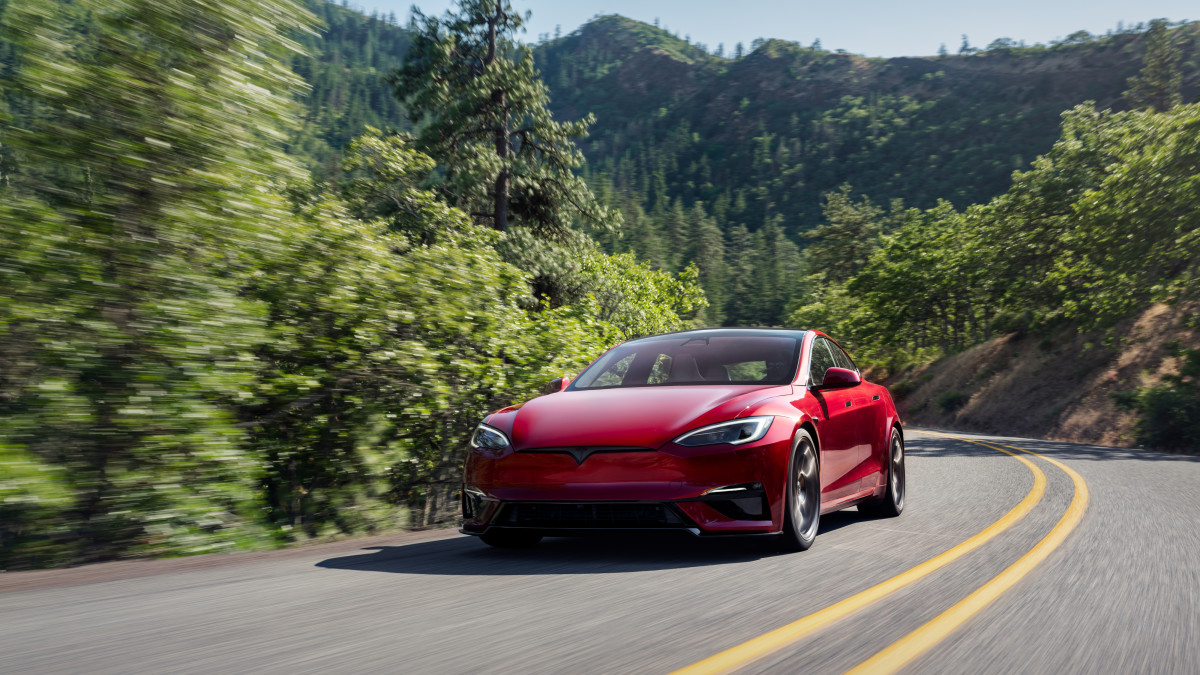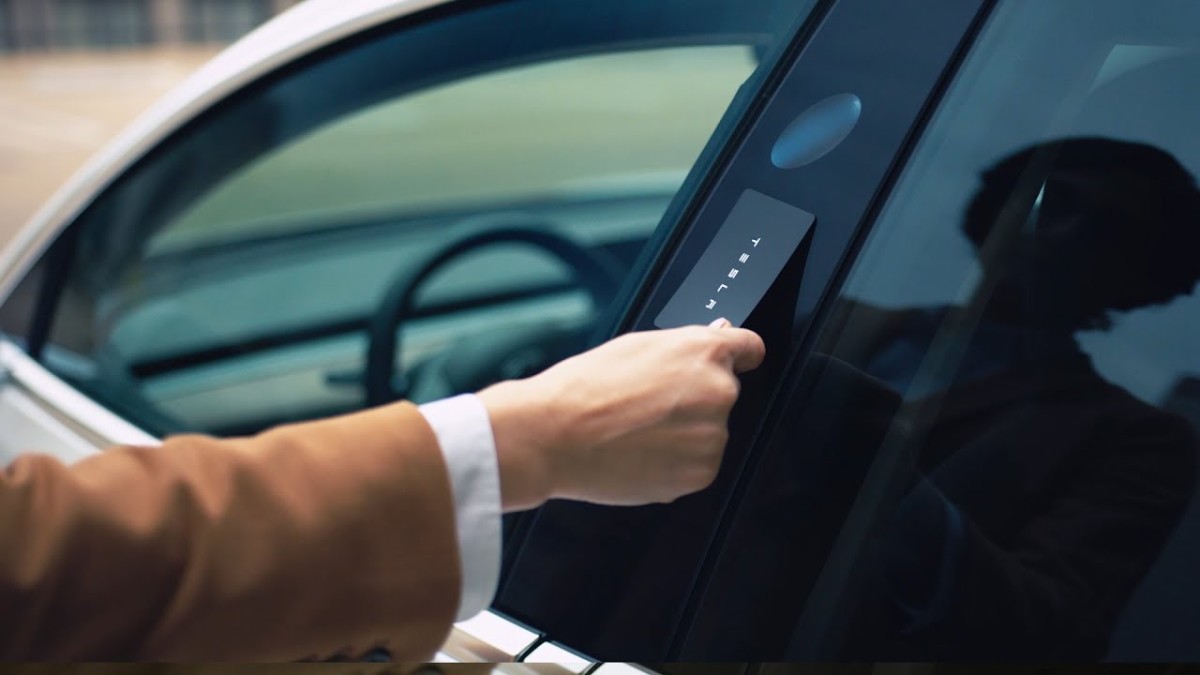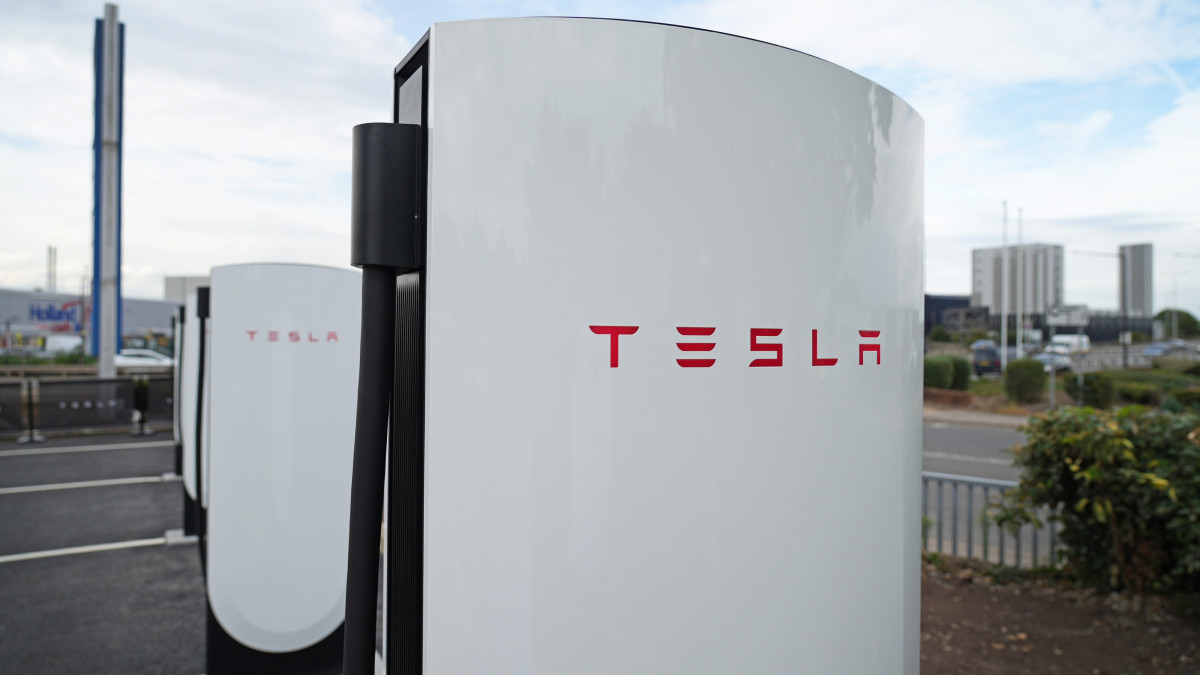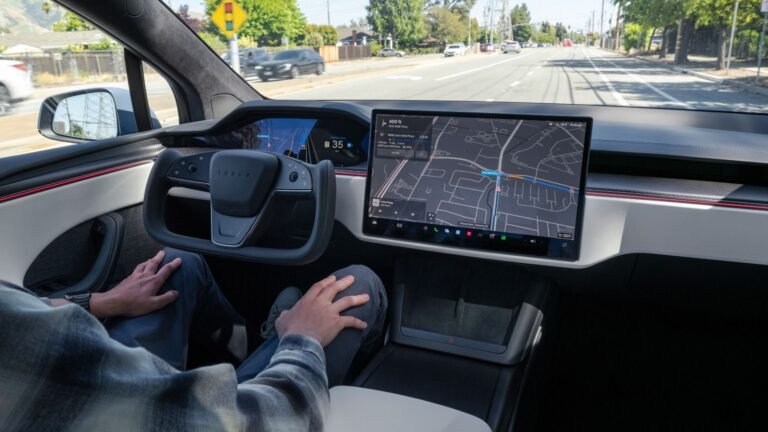Tesla’s “Mad Max” mode, a driver-assistance setting that enables more aggressive driving behavior within the company’s Full Self-Driving (FSD) suite, is now under formal investigation by the National Highway Traffic Safety Administration (NHTSA), according to Reuters. The agency confirmed it has reached out to Tesla for information following multiple reports that the feature allowed cars to exceed speed limits, make risky lane changes, and perform maneuvers that could violate traffic laws.
The move expands NHTSA’s ongoing probe into Tesla’s broader FSD system, which already covers nearly 3 million vehicles. Officials are concerned that “Mad Max” mode may encourage unsafe or illegal driving behavior while being marketed as an automated assistance tool.

What “Mad Max” Mode Does
Originally introduced in earlier beta versions of FSD, the “Mad Max” setting lets Teslas behave more assertively in traffic, closing gaps quickly, changing lanes frequently, and overtaking slower cars. While many drivers view it as a playful nod to the post-apocalyptic film franchise, regulators see potential risk if vehicles make decisions that could breach traffic laws without human correction.
NHTSA’s request for data reportedly focuses on whether the mode was tested for compliance with safety regulations and how Tesla communicates its intended use to customers. The agency reiterated that “the human behind the wheel is fully responsible for vehicle control and adherence to traffic laws.”

Part of a Larger Pattern
The scrutiny arrives as Tesla faces several other regulatory and customer challenges. Recently, Tesla recalled 13,000 cars, following reports of sudden power loss linked to a battery defect. The recall highlights how even minor component issues can have outsized consequences when paired with complex software systems like FSD.
Separately, the company’s cost-cutting approach, replacing previously included key cards with digital access via smartphones, a move that’s frustrated many new owners. These decisions, while financially strategic, add to perceptions that Tesla is prioritizing margins as scrutiny over safety and quality increases.
Meanwhile, public interest in the brand’s halo products remains strong. The attention continues to shift between the company’s futuristic promises and its immediate controversies, an ongoing pattern that has defined Tesla’s decade-long rise.

Why It Matters
For Tesla, the “Mad Max” probe could have deeper implications than a simple feature recall. FSD is central to the company’s software revenue model and long-term value proposition. If regulators determine that Tesla’s automation suite encourages unsafe driving or violates federal safety rules, the company could face fines, required software changes, or tighter oversight on future updates.
For consumers, the investigation underscores the tension between innovation and accountability. As Tesla continues to push the boundaries of driver assistance technology, federal regulators appear increasingly determined to ensure those systems operate safely, no matter how bold the branding might be.


